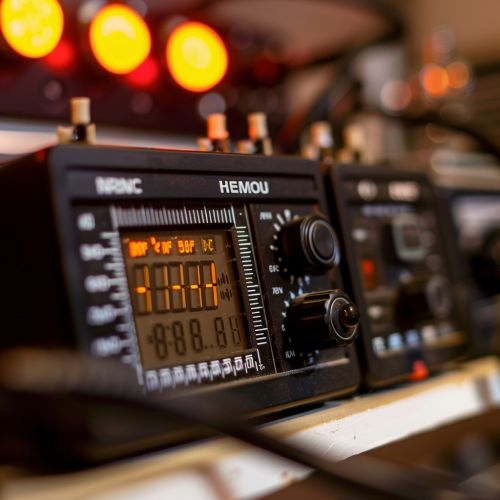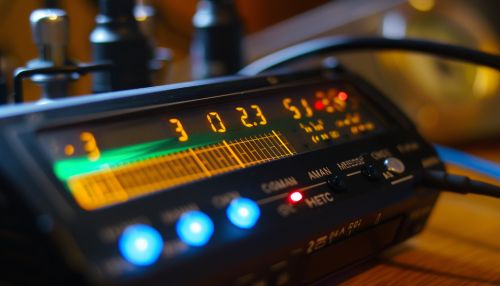Hertz
Introduction
The hertz (SI unit of frequency) is a unit of frequency that defines the number of cycles per second of a periodic phenomenon. Named after the German physicist Heinrich Hertz, it is a fundamental unit in the field of physics, particularly in the study of waves and vibrations.


Definition and Measurement
The hertz (Hz) is the unit of frequency in the International System of Units (SI). It is defined as one cycle per second. The term 'cycle' refers to the complete oscillation of a wave from its starting point, through its highest and lowest points, and back to its starting point. The hertz is used to measure any phenomenon that repeats itself over time, such as the oscillation of a pendulum, the vibration of a guitar string, or the alternating current in an electrical circuit.
Historical Context
The unit hertz was established in the International System of Units in 1930. It was named in honor of the German physicist Heinrich Hertz, who made significant contributions to the field of electromagnetic theory. Hertz was the first to conclusively prove the existence of electromagnetic waves through a series of experiments conducted in the late 19th century. His work laid the foundation for the development of radio, television, and radar technology.
Applications
The hertz is used in a wide range of scientific and technological fields. In physics, it is used to measure the frequency of waves, including sound waves, light waves, and electromagnetic waves. In electronics, it is used to measure the frequency of alternating current and the clock speed of computer processors. In music, it is used to define the pitch of musical notes. In medicine, it is used in the field of medical imaging and diagnostics, such as MRI and ultrasound machines.
